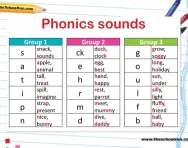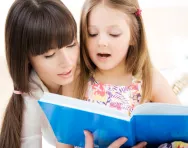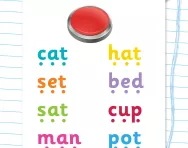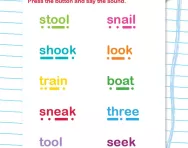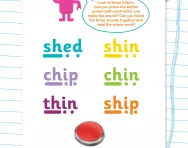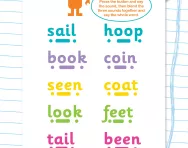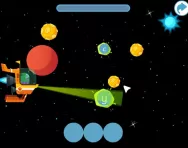Important update from TheSchoolRun
For the past 13 years, TheSchoolRun has been run by a small team of mums working from home, dedicated to providing quality educational resources to primary school parents. Unfortunately, rising supplier costs and falling revenue have made it impossible for us to continue operating, and we’ve had to make the difficult decision to close. The good news: We’ve arranged for another educational provider to take over many of our resources. These will be hosted on a new portal, where the content will be updated and expanded to support your child’s learning.
What this means for subscribers:
- Your subscription is still active, and for now, you can keep using the website as normal — just log in with your usual details to access all our articles and resources*.
- In a few months, all resources will move to the new portal. You’ll continue to have access there until your subscription ends. We’ll send you full details nearer the time.
- As a thank you for your support, we’ll also be sending you 16 primary school eBooks (worth £108.84) to download and keep.
A few changes to be aware of:
- The Learning Journey weekly email has ended, but your child’s plan will still be updated on your dashboard each Monday. Just log in to see the recommended worksheets.
- The 11+ weekly emails have now ended. We sent you all the remaining emails in the series at the end of March — please check your inbox (and spam folder) if you haven’t seen them. You can also follow the full programme here: 11+ Learning Journey.
If you have any questions, please contact us at [email protected]. Thank you for being part of our journey it’s been a privilege to support your family’s learning.
*If you need to reset your password, it will still work as usual. Please check your spam folder if the reset email doesn’t appear in your inbox.
What is blending?
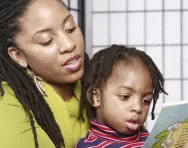
What is blending?
By the end of Reception, children should be able to make the correct sound for each letter of the alphabet.
Children will also learn to blend sounds. This means that they will learn to look at a short word, such as 'tin' and rather than saying three separate sounds 't', 'i', 'n', link the sounds together and say the whole word in one go. This is a big step for many children and can take time.
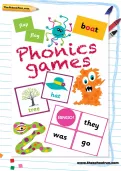
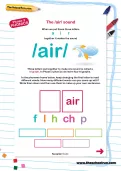
Your 'at-home' phonics support kit
- Step-by-step phonics programme
- Your guide to phonics
- Worksheets & games
- Children will also need to start blending words that contain vowel digraphs. A vowel digraph is two vowels that make up one sound, such as ai, ee, ue, found in words such as fair, bee, glue.
- They will also learn to blend words using consonant digraphs. A consonant digraph is two consonants that make up one sound, such as sh, ch, th, found in words such as ship, chat and thin.
When a child gets stuck on a word, a teacher will often help them to read it by getting them to look at the individual sounds. For example: if a child gets stuck on the word:
sitting
a teacher may point at each individual sound and encourage the child to sound them out. Sometimes it is useful for a teacher to write the word on a mini-whiteboard in bigger letters, so that they can underline the individual sounds like this:
s i tt i ng
Once a child has identified all of the individual sounds, they are encouraged to blend the sounds together to read the whole word.
For more advice on helping your child to blend sounds read our teachers' tips.


